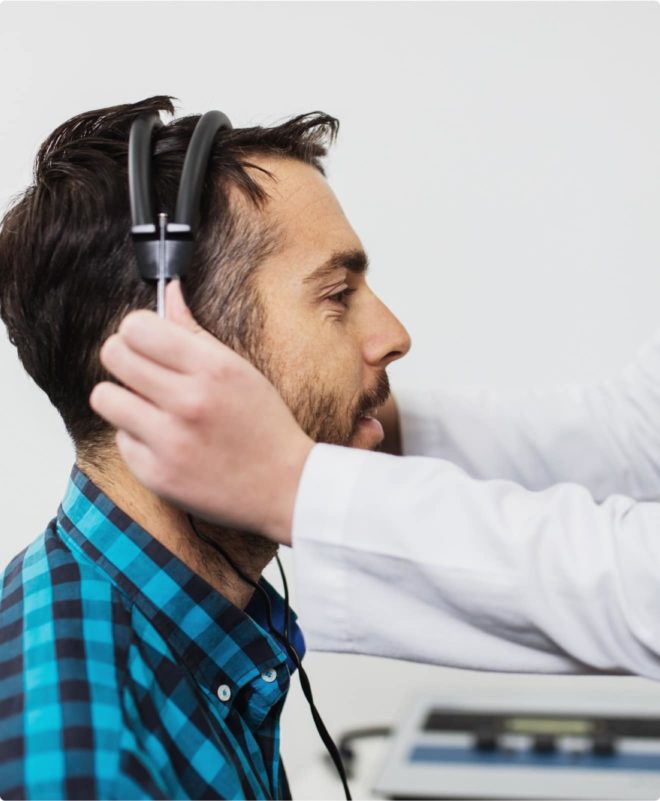
Hearing Testing & Evaluation
Hearing Tests
When it comes to testing your hearing, we have a range of flexible options to fit your lifestyle and location. We offer both in-office and virtual appointments so you don't even need to leave home.
Call us at 855-338-0039 to schedule an evaulation or book online now.
Experience an in-person evaluation
-
Otoscopy
Looking in your ear to see if there is
any obstruction -
Tympanometry
Testing how well your eardrum moves -
Tone Test
Testing how well you hear sounds in each ear -
Speech Discrimination
Testing how well you hear words in both quiet and noisy environments -
Bone conduction
Testing how well your inner ear responds to sound

UPGRADE your hearing experience today!
For those that are considering hearing aids for the first time or thinking about an upgrade of existing devices, we take a personalized approach to ensure that you receive personalized attention and solutions that suit you. Take advantage of our latest discount – up to $250 off the latest in Phonak technology – and schedule your appointment today.

Prefer a virtual assessment? No problem!
We know that it can sometimes be hard to come to a hearing clinic in person. That’s why we’ve created a proprietary tool that allows us to assess your hearing virtually. You can take the assessment from anywhere you can be online. During this no-obligation test, one of our providers will lead you through the online assessment and talk with you about your needs, concerns, and lifestyle. A unique benefit of our virtual technology is that you can have a friend, family member, or companion join you in the virtual appointment from wherever they might be.